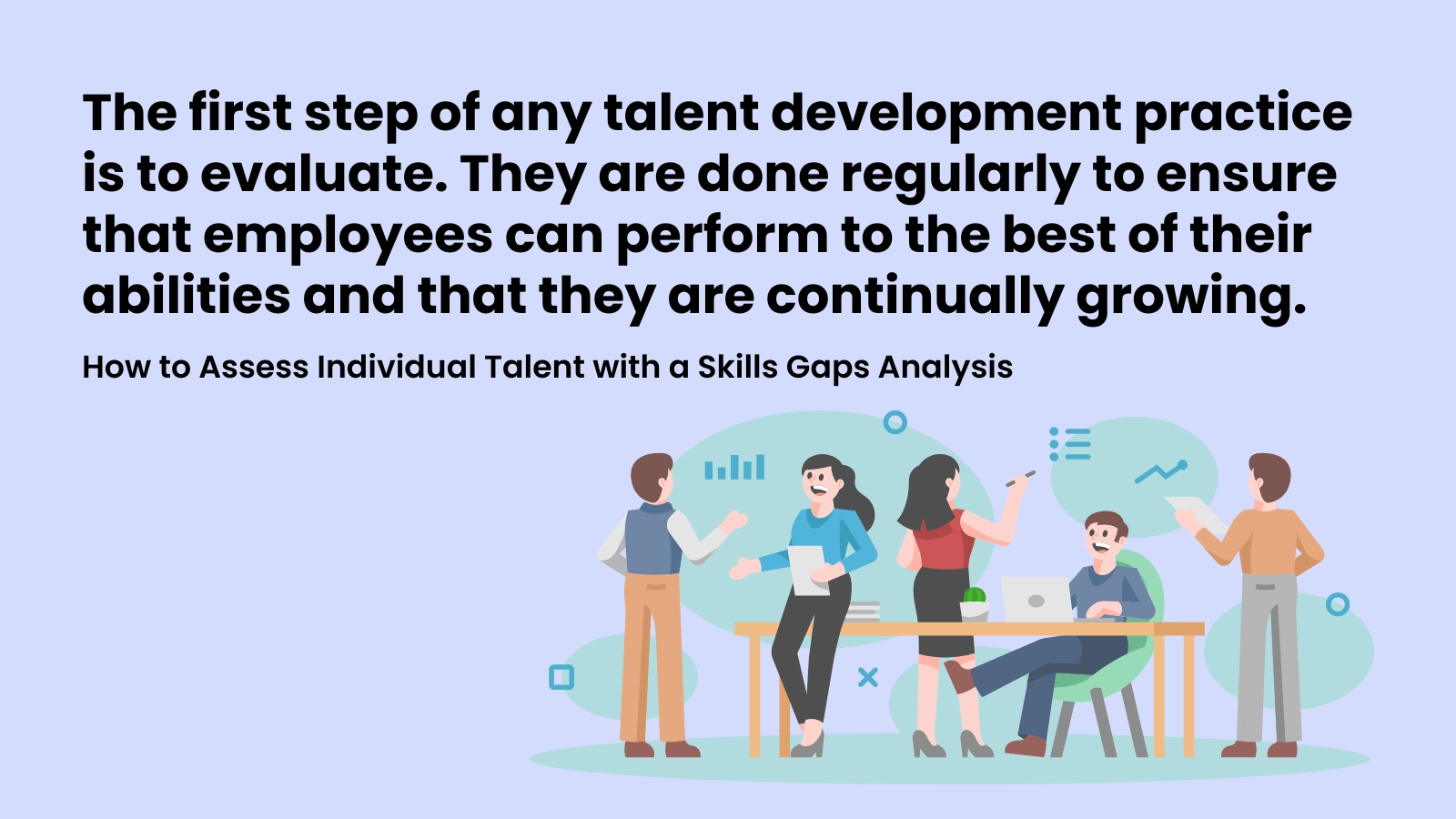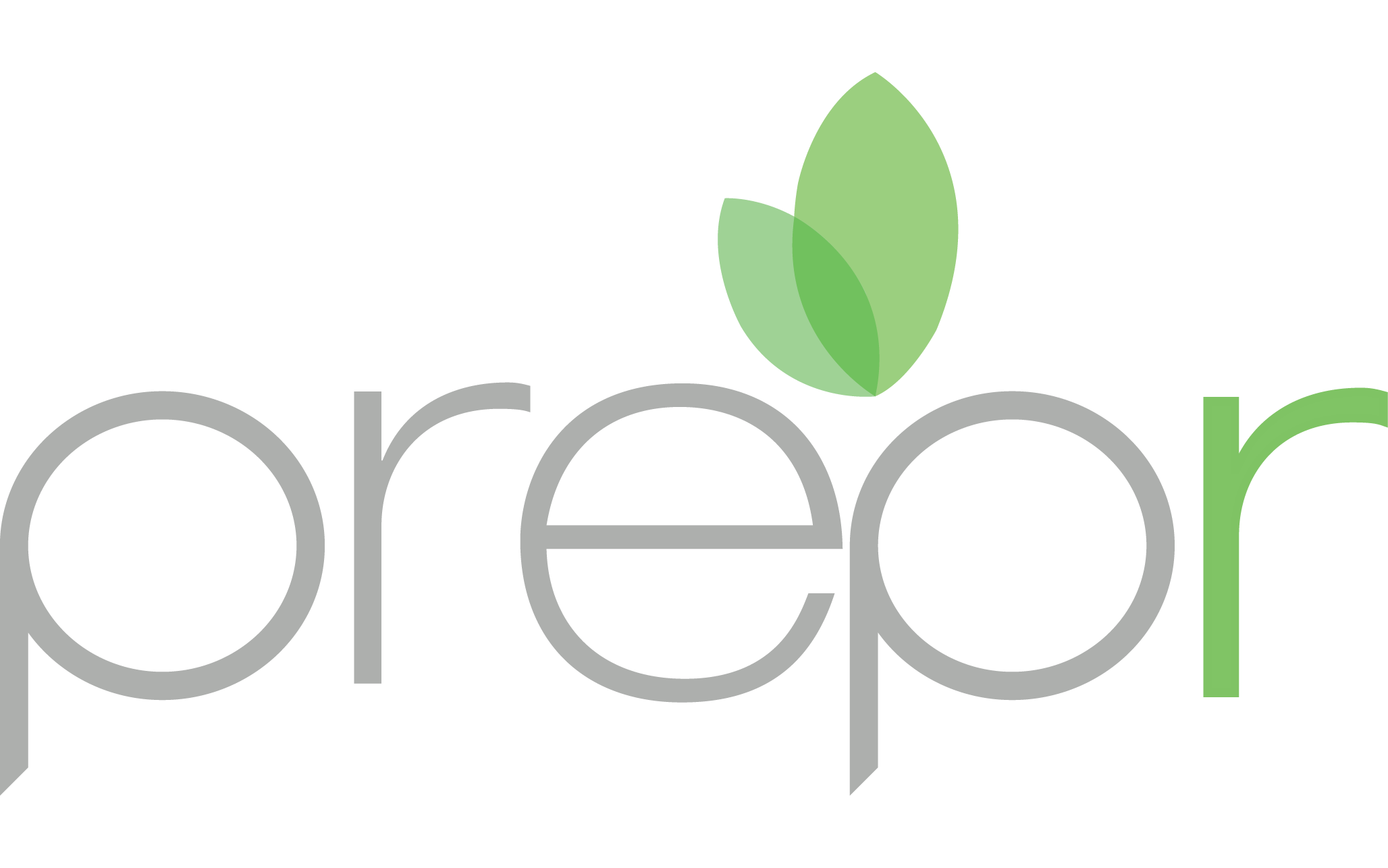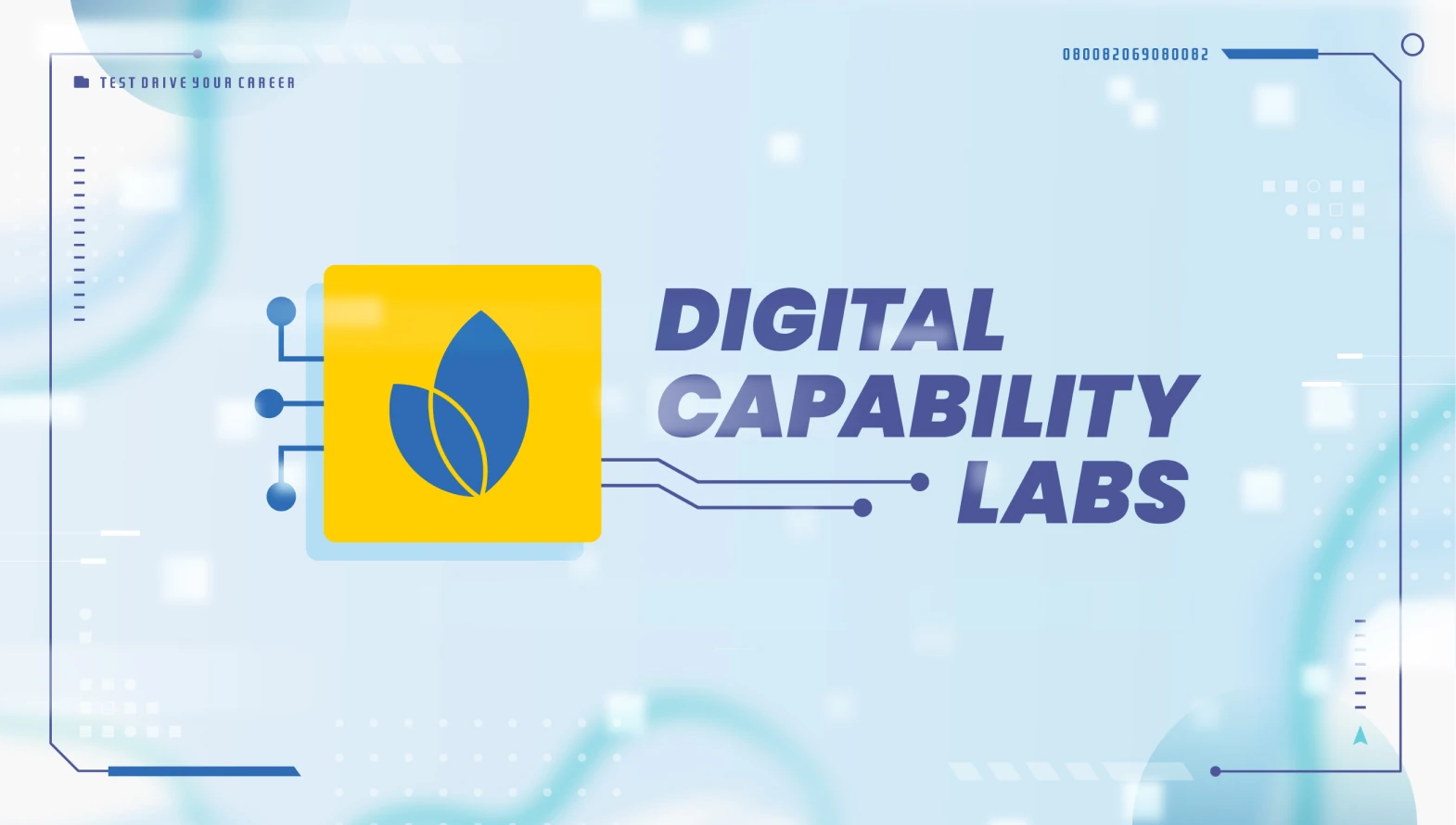
10 Jul How to Assess Individual Talent with a Skills Gaps Analysis
The first step of any talent development practice is to evaluate. The method for assessing skills in the workplace is often called a “skills gaps analysis.” When would an employer conduct a skills gaps analysis?
Ideally, they are done regularly to ensure that employees can perform to the best of their abilities and that they are continually growing. Still, skills gaps analyses should primarily be performed when productivity is low, new systems are implemented, or when new projects require upskilling of employees.
One approach to internal talent development focuses on individual development. How does an employer evaluate an individual employee’s skills for talent development?
Here are four simplified steps to assess an individual employee’s skills with a practical skills gaps analysis:

Set expectations
Firstly, before interacting with the employee, establish a few key things about the company itself, the team, and the environment in which this employee is working.
Experts in HR and career development recommend that to perform a successful skills gaps analysis, the employer should first establish the company’s mission and values, understanding the foundational company culture. What are the most important values that the company represents? What is the company’s vision?
Next, the employer should establish their ideal employee performance — expectations for the employee that align with company values. This means setting the idealistic expectations for an individual employee’s skills while also considering how the company’s mission and values align with those ideal skills.
For example, suppose a principal value for the company is transparency. In that case, the employer might want to emphasize open communication with the team, expecting the employee to communicate clearly and honestly with other team members, company leadership, and external people, like customers or clients.

Identify the current state
Following this assessment of company culture and ideal expectations is an assessment of the employee’s work profile. To say, identify the employee’s unique skills and strengths, their areas of weakness, the areas in which they are interested in growing, and any other relevant facts or characteristics.
This identification can be made through an open, one-on-one conversation with the employee and critical observation of the employee’s habits and deliverables.
The next thing to identify is the employee competencies. Employee competencies refer to the skills and knowledge that an employee needs to perform their specific role’s tasks.

Compare expectations with reality
At this stage, the employer will have already considered company culture, individual skills and characteristics, and the expectations of the employee’s abilities to do their job. The next step is to compare expectations with reality.
Ask questions like:
- Does the employee meet most or all of the employee competencies identified? This is, of course, the optimal scenario — presumably, the employee will be completing their tasks successfully with the required competencies.
- Does the employee complete their job without the competencies identified? If yes, then the employer might reconsider those competencies and consider the employee’s unique approach to the task.
- Does the employee comply with the company’s mission and values? Ideally, the employee acts in alignment with company values in order to work towards the company mission.
Note any discrepancies between the employee’s performance and the ideal expectations of their performance.

Analyze the results
This last stage is when the employer concludes how to build their individual development plan for the employee.
Looking at the comparison between employee performance and expectations, analyze the areas of weakness where the employee is not meeting ideal expectations and, more importantly, where they are not performing at all.
It is important to remember that while employees might not entirely meet the expectations for their skills, they could still perform their tasks successfully using their existing skills.
This final analysis will highlight the skills that need to be further developed for this employee. The employer can then use their knowledge of the prominent skills gaps and skills strengths to build an effective plan for individual development.
Want to boost your team’s digital talent?
Give your team hands-on training in any of 20 digital specializations, including digital marketing and data science. Learn about our Digital Capability Labs.

